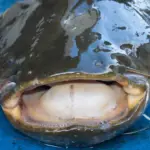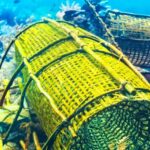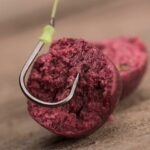Tuna fishing is exhilarating, difficult, and can often be dangerous, but it is also very lucrative. Commercial and private fishermen alike prize these large fish for the fight they give when catching them and for the high-quality meat they can provide. However, if you have ever seen a fisherman fishing for tuna, you may wonder why they pull the fish behind the boat once it has been caught.
Anglers pull tuna behind the boat to allow the fish to cool down and for lactic acid to dissipate after the fight of being caught. The fish also bled while pulled behind the boat. This process ensures the meat is as high quality as possible, improves flavor, and increases the value of the fish.
Pulling the tuna behind the boat after it has been caught is a common practice in tuna fishing, and it has many benefits. This process is part of preserving the fish and ensuring that it is as high quality as possible when taking it to land. Here we will learn more about the process of swimming a tuna and preparing it properly after it has been caught.
Why Do Anglers Pull Tuna Behind The Boat?
Pulling tuna behind the boat is a common practice in tuna fishing. This is typically done after the tuna has been caught but before the fish has been brought on deck or processed.
Pulling tuna behind the boat is known as swimming or cooling the tuna, and there are several methods for this process.
Swimming the tuna is a critical part of catching these fish, especially if they are to be used for commercial purposes or sold for profit. Almost all tuna anglers swim and cool the fish that they catch, but why do they do it?
There are two reasons why tuna are pulled behind the boat once caught: to swim the tuna, which cools the fish down after its hard fight against the angler, and to bleed the tuna to process it correctly.
To properly understand these reasons, let’s explore them a little deeper, learn how they are done, and why they are so important.
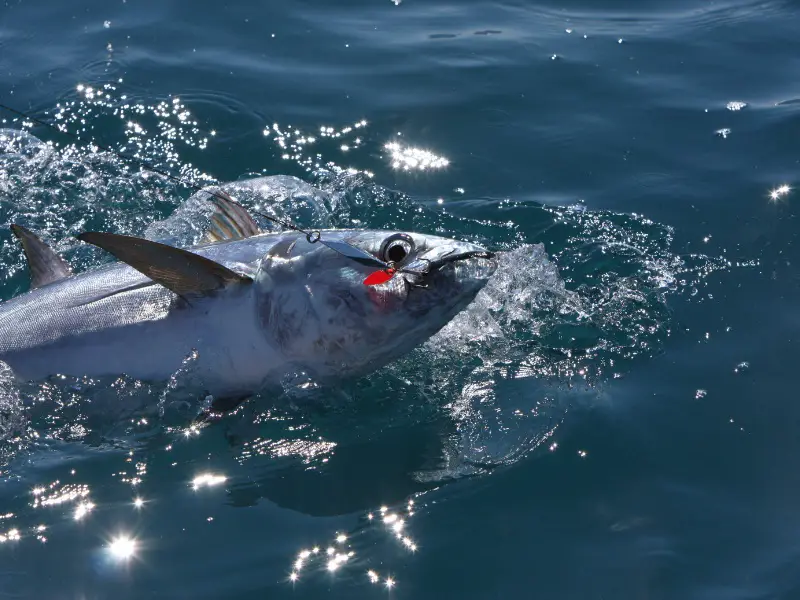
Swimming The Tuna
Swimming tuna is the process of pulling the fish behind the boat or alongside the boat after it has been caught.
When a tuna is hooked, it struggles against the angler with all its strength. These fish are warm-blooded, which means that this fight causes their body temperature to increase drastically due to physical exertion.
When the fish fights so hard, the increase in body temperature and the physical exertion of the fight creates a build of lactic acid in the fish’s muscles, and the temperature increase overheats the muscles in the fish to the point where they begin to degrade, producing a bad-tasting tuna.
This bad taste is a condition known as ‘burnt tuna syndrome’ and significantly decreases the value of the fish.
To avoid this, anglers tie an anchored rope around the tail of the fish, re-hook it to ensure it does not escape, and pull the fish behind or alongside the boat for at least 45 minutes.
This time in the water allows the fish to cool down, preventing burnt tuna syndrome and allows the build-up of lactic acid in the muscles to dissipate.
This increases the quality of the fish and ensures that it has the best possible flavor and texture when sold.
Without swimming the tuna, the meat of the fish will taste terrible and have a heavy and chewy texture. The simple process of allowing the fish to call down in the water completely mitigates this problem, allowing the fish to be sold for a much higher price.
Bleeding The Tuna
Bleeding the tuna is another reason why these fish are pulled behind the boat after they have been caught.
This is the process of draining the blood from the fish, and there are multiple ways to do it. Typically, anglers will cut the gills or the main arteries of the fish while pulling them into the water.
This allows the blood to drain from the fish, preventing the blood from pooling in the muscle and further cooling the fish down, which also helps to improve the quality of the meat.
Draining the blood from the tuna completely decreases bacteria growth in the fish and ensures that the fish is as high quality as possible when sold.
Bleeding the tuna can take a long time, but most anglers will go through this process to ensure that the fish is sold at a very high quality.
Tuna that has been cooled and bled properly provides significantly higher quality meat than if these processes are not done, and the angler can sell the fish they catch at a much higher price than otherwise.
Some anglers bleed tuna on the deck of the boat, but this is far less effective than bleeding the fish in the water. Pulling the fish behind the boat while bleeding works better than any other blooding method, provided it is done well.
Are All Tuna Pulled Behind The Boat?
Pulling tuna behind the boat to swim and bleed the fish is necessary to produce the highest quality product after the fish is processed, but are all tuna put through this process after being caught?
All high-quality tuna is pulled behind the fishing boat to cool and bleed before it is brought on deck.
However, not all tuna are treated this way. Some lower-quality commercial fishing operations neglect this part of the process and rather spend the time that swimming and bleeding the fish takes trying to catch as many tuna as possible.
For some fishing operations, quality is more important than quality. These operations do not care as much about the quality of the fish and would rather catch as many tuna as possible.
The tuna that is not properly cooled and bled behind the boat tastes significantly worse than tuna that are treated correctly, and the meat is much lower quality.
This meat is typically sold at a lower cost and is not used for fine dining, high-end restaurants, or as a high-quality product. This tuna meat is typically sold as a lower-quality product and is often used for products such as canned tuna.
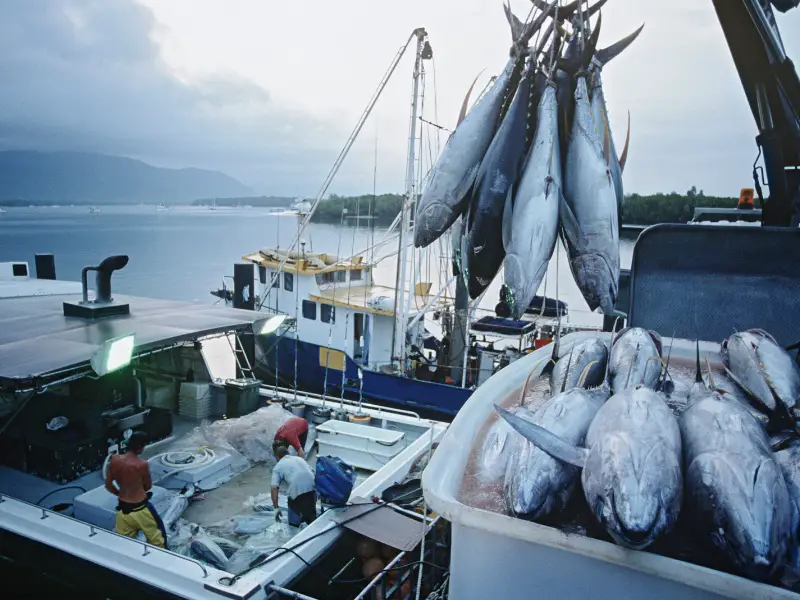
Do Private Fishermen Pull Tuna Behind The Boat?
We have established that pulling tuna behind the boat to swim and bleed the fish correctly is important for preserving the quality of the fish, but we also know that not all anglers pull the fish behind the boat.
Most high-quality commercial fishermen pull tuna behind the boat to cool them and bleed them, but is this something that private fishermen need to do?
Private fishermen tend to pull tuna behind the boat only when necessary. Some tuna species taste better than others, and some are of higher quality than others.
Private fishermen will, therefore, only go through the trouble of properly cooling and bleeding the highest quality fish. Lower-quality tuna, smaller fish, and species that do not taste the best are not usually treated with this lengthy process.
These fish are usually bled on deck and cooled with ice rather than being pulled behind the boat. Privately caught tuna is not sold for a profit and rather used for food, which means they do not need to be as high quality as possible.
Conclusion
Tuna are pulled behind the boat to ensure that they are kept at the highest quality possible. This process cools the fish down, dissipating the lactic acid built up in the fish’s muscles. The fish also bled while being pulled behind the boat. This ensures the fish is as high quality as possible when sold.
Tuna that is not pulled behind the boat tastes burnt and is typically not very good to eat. This tuna is not as valuable. For these reasons, almost all commercial fishermen pull tuna behind their boats after being caught.
- Do You Need An Indicator For Nymph Fishing? - November 16, 2023
- Fishing Safety Tips For Families - September 25, 2023
- What Is The Best Time To Night Fish At A Lake? - September 18, 2023




